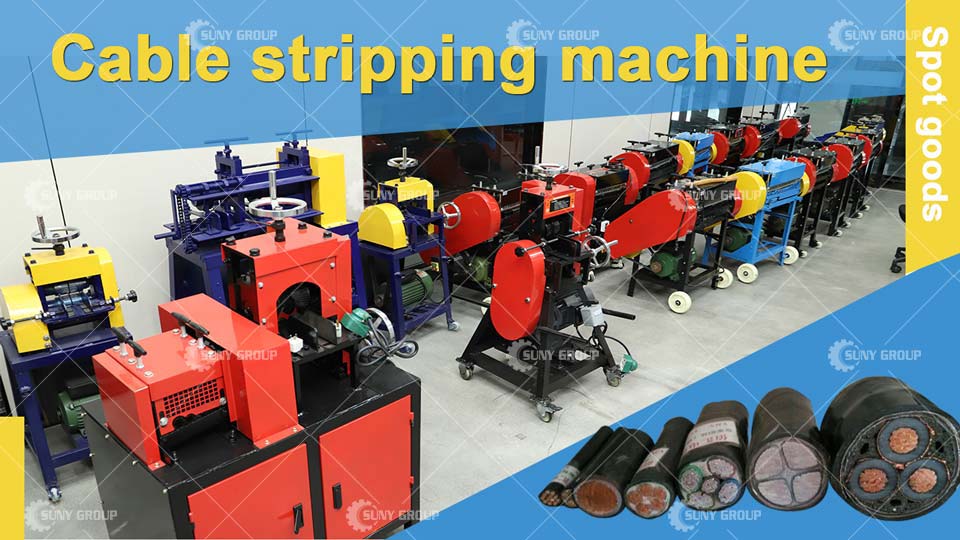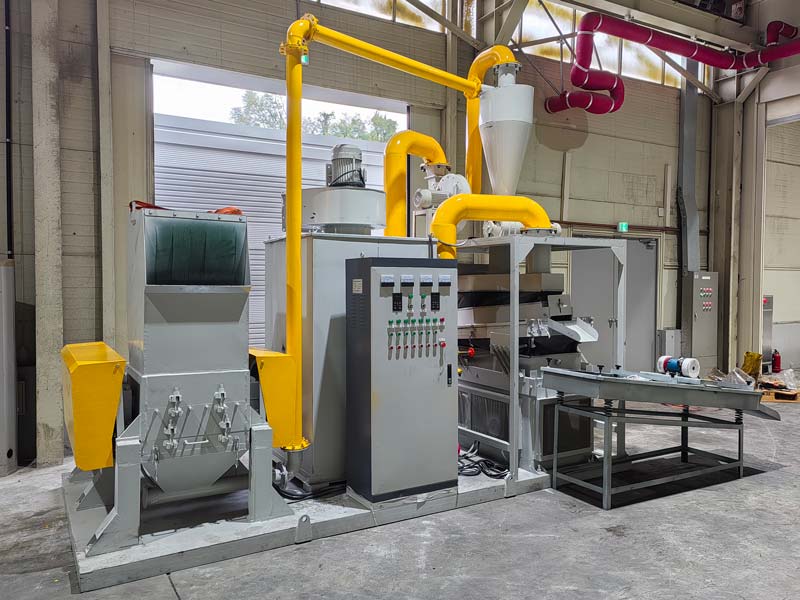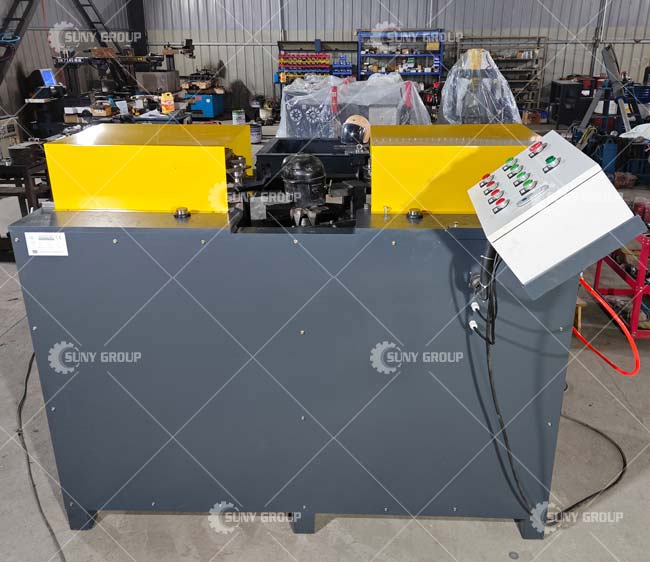- cost of hydraulic briquetting machine for waste recycling
- Energy-Efficient Balers
- high pressure briquette press for copper slag
- metal powder briquetting machine for smelting furnaces
- briquette machine with automatic feeding system
- industrial hydraulic briquetting press for steel swarf
- Double Shaft Shredder: Structure, Materials, Working Process, and Output
- compact briquette press for aluminum scrap workshop
photovoltaic panel recycling solutions
1. Current status of photovoltaic panel recycling
With the rapid development of the global photovoltaic industry, the service life of photovoltaic panels (usually 25-30 years) is about to usher in a large-scale retirement wave. According to the International Renewable Energy Agency (IRENA), by 2030, the global discarded photovoltaic panels will exceed 8 million tons, and by 2050 it may exceed 78 million tons. At present, the mainstream treatment method of photovoltaic panels is still landfill or simple incineration, which not only causes pollution of toxic substances such as lead and cadmium, but also wastes high-value materials such as silicon, silver, copper, and glass (recyclability exceeds 90%). The European Union, China and other countries have issued regulations to force the recycling of photovoltaic panels, but the professional recycling system is still imperfect and the market potential is huge.
2. Recycling solutions and equipment configuration
Photovoltaic panel recycling mainly includes three technical routes: physical disassembly, chemical purification and intelligent sorting:
Physical disassembly: Use crushers, vibrating screens and electrostatic sorting equipment to separate aluminum frames, glass and plastics, and the recycling rate can reach more than 70%.
Chemical purification: Extraction of rare metals such as silicon and silver by acid leaching or pyrolysis requires corrosion-resistant reactors and electrolytic equipment, with a purity of up to 99%.
Intelligent sorting: Combine AI visual recognition and robot sorting to improve sorting accuracy. For example, Germany uses automated production lines with an annual processing capacity of over 50,000 tons.
Typical recycling production line configurations include:
Pretreatment equipment (frame dismantling machine, cutting machine)
Crushing and sorting equipment (jaw crusher, airflow sorter)
Chemical treatment system (leaching tank, electrolysis device)
Environmental treatment system (waste gas purification, wastewater recycling)
3. Profit model of photovoltaic panel recycling

Material recycling income:
Aluminum frame (15 yuan/kg), glass (6 yuan/kg), silicon (30 yuan/kg), and silver (4,500 yuan/kg) are the main profit points.
The recycling value of a single standard component (20kg) is about 50-100 yuan.
Policy subsidies: Some regions provide subsidies of 200-500 yuan/ton to photovoltaic recycling companies.
Carbon emission reduction benefits: By reducing landfill and resource reuse, you can participate in the carbon trading market.
Under large-scale operation, the annual profit of a 10,000-ton recycling plant can reach more than 10 million yuan. With the optimization of technology (such as low-temperature decomposition to reduce energy consumption by 30%) and the improvement of the recycling network, photovoltaic panel recycling will become an important growth point in the new energy industry chain.
IV. Future development
The photovoltaic recycling industry is still in its early stages, but the market potential is huge. Enterprises can reduce costs through technological innovation (such as efficient silver extraction process) and automation upgrades, and at the same time combine ESG (environment, society, governance) strategies to create a new model of green circular economy. It is expected that in the next 10 years, the global photovoltaic recycling market will exceed 100 billion yuan, and those who plan ahead will have a competitive advantage.




INQUIRY